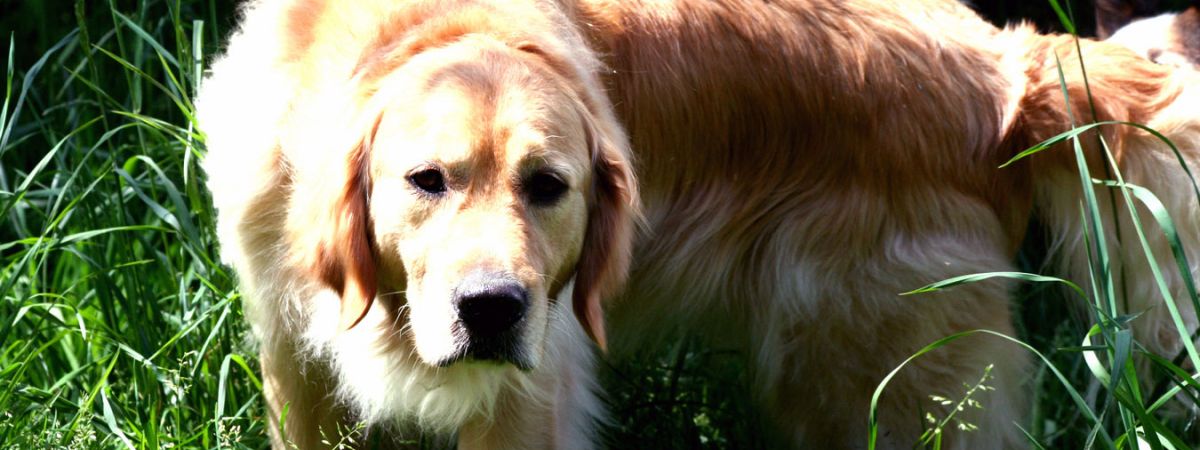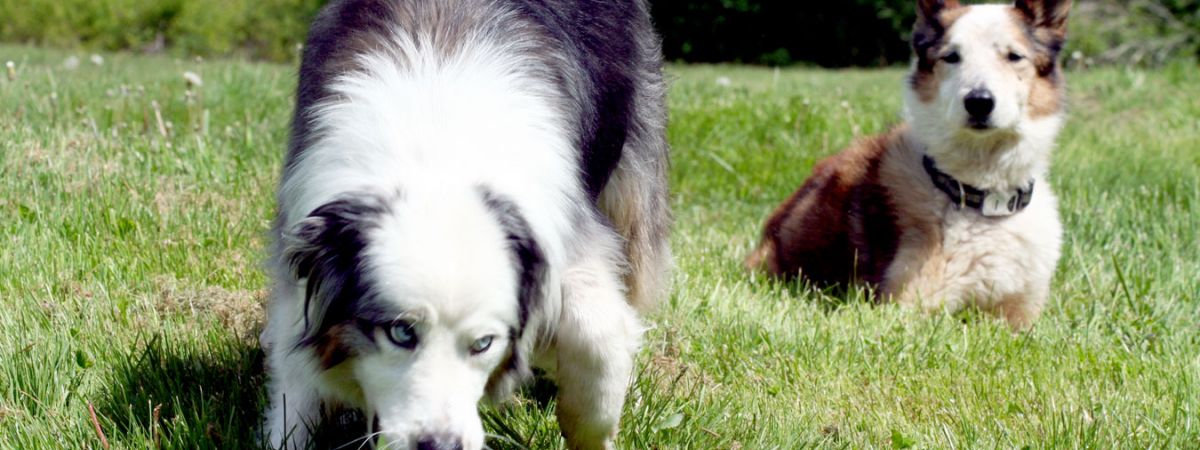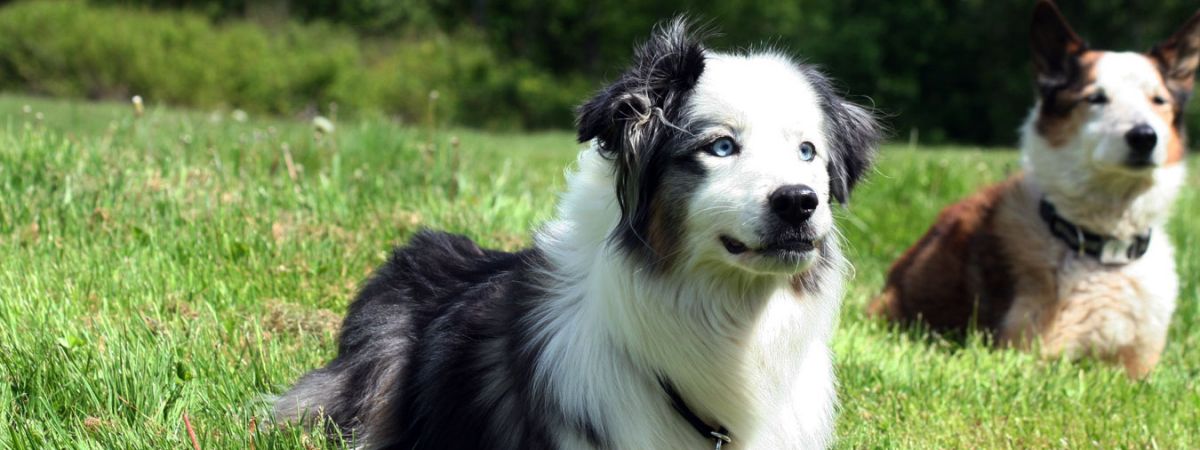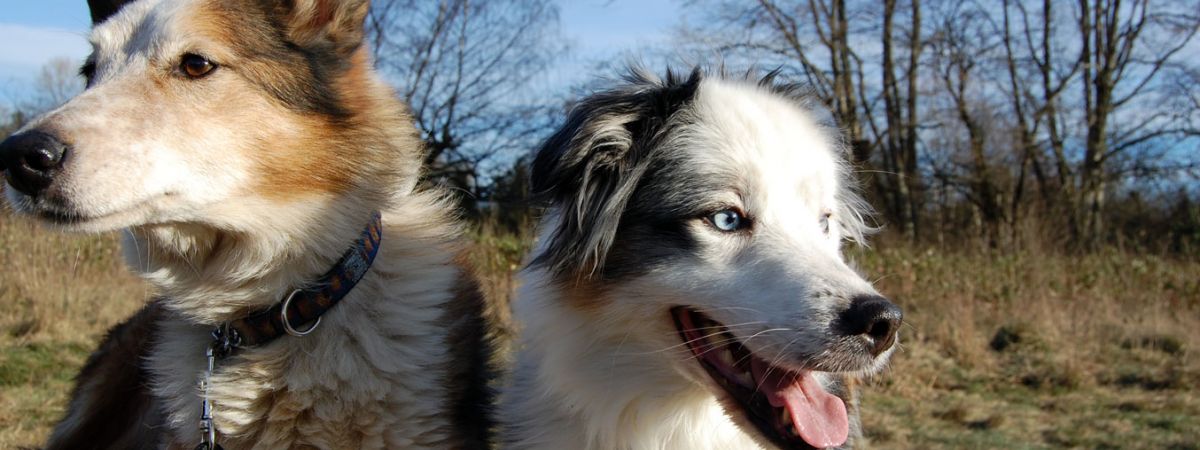Chances are, you wouldn’t consider bringing a wild animal into your home. After all, if you caught a squirrel and brought it into your house to live, you probably wouldn’t be surprised if it chewed your couch, ate your plants or pooped on your rug. As a wild animal who normally lives outside, a squirrel simply wouldn’t know any better and would do whatever instinctively comes to it.
So how does this relate to dog training? After all, this is a dog behaviour web site! The thing is, the same is true for any animal that normally lives outdoors and you then bring inside, including dogs.
Some pet owners choose to have their dog live outside the majority of the time for any number of reasons. Perhaps this is the way dogs have always been cared for in their family, or maybe they feel it’s nicer for the dog to enjoy the outdoors as much as possible. As long as food, water, shelter, veterinary care and attention are given to the dog on a regular basis, this may not seem like a problem at all.
However for most people, there will be times when they do want to bring their dog indoors. Many families leave their dog out while they’re at work, but want to bring him in at night. Others bring their dog in only when weather becomes extreme.
The problem is, unless you’ve brought your dog inside and taught him the rules of the house on a regular basis, he will not know how he’s expected to behave indoors. He may do the same things as any untrained animal, including chewing the couch, eating the plants and pooping on the rug.
Unsupervised behaviour outdoors often leads to dogs who chew bushes, dig holes and don’t have the muscle control to “hold in” their business. Not surprisingly, this can lead to a dog who does the same things indoors… he simply may not know any differently.
Often, this leads to a cycle where the dog doesn’t behave when inside, so he’s left outside. The more he’s outside, the less he behaves inside. If this is the case, the cycle can be broken by working with your dog on some obedience commands and manners.
In the beginning, you may need to use your dog’s leash when he’s inside to help control him and teach what’s appropriate. For example, if he tries to leap up onto the sofa, you can tell him “no,” prevent him from getting on, and have him “sit” next to it instead. Be sure to follow with lavish praise when he’s doing the right thing.
The examples could go on and on, with the basic principle being to prevent/correct inappropriate behaviours and redirect/teach the ones that you want. Remember, if your dog doesn’t spend enough supervised time inside, he simply will not know how to behave!
Working with a professional trainer in your home can be very helpful as well. By putting in a little work now, your “wild animal” can soon be the gentle, domesticated pet you originally envisioned!
For most people, our relationships with our pets are strong emotional bonds, and behaviour problems can be pretty upsetting to deal with. Even more difficult is when a normally sweet, affectionate pet does something uncharacteristic, like biting someone, growling or snapping.
One of the things I’ve noticed in over 11 years of dog training is that due to these emotions, excuses pop up quite readily. Statements are made to the tune of, “He only bit that one guy because he was jogging,” or, “He was afraid that time, so that’s why he did it.”
I can safely say that if your dog is properly socialized and not the least bit aggressive, the chances of having a one-time “freak” occurrence such as this would be highly unlikely. However, as a trainer (and also a parent, neighbour, friend, etc.), I also know that more than one “freak” incident is not a coincidence. It’s a behaviour problem.
I’m often amazed at how frequently people will look the other way and not do something about their dog having a problem. I understand that it’s upsetting. I realize that dog training costs money and takes time to practice. But in the scheme of things, it seems far more costly, both emotionally and financially, to endure incidents such as bitten people, police at the door, angry neighbours and more.
Working with your pet on a behaviour problem now can prevent much aggravation from occurring in the future. In addition, stopping the problem before there are any more incidences could be a matter of life or death for your dog.
Does this sound overly dramatic? It’s not. The cold, hard truth is that with enough reported problems, your dog could cause you to pay fines, could be taken from you by authorities and could even result in euthanasia.
Perhaps you’ve worked with a trainer before but your dog seems to be still having a problem. Did you follow the methods recommended? Did you practice and make the training a way of life? Were they educated and experienced?
Has a knowledgeable pet person, such as your vet, groomer, trainer or rescue person warned you that a problem was developing but you didn’t take them seriously?
If any of these things are the case, keep in mind that it’s never too late to work with your dog. Don’t wait for problems to get worse. As difficult as it is to admit there’s a problem, it is far better to take steps and do something about it now.
Whether you work with your dog on your own or with a knowledgeable trainer, taking issues seriously and working on them immediately will surely help prevent more problems from occurring in the future.








